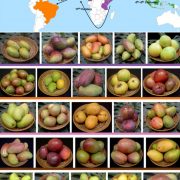
Population genomic analysis of mango suggests a complex history of domestication ($) (New Phytol)
Mango trees have been cultivated for approximately 4000 years which places their domestication in the same timeline as that of walnut, peach, sweet orange, lychee, citron, sweet orange, lemon, and jujube. Throughout the process of domestication, most crops undergo severe bottlenecks which decrease genetic…
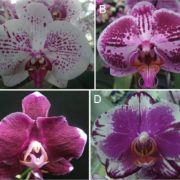
Plant Science Research Weekly: May 24th
Default activation and nuclear translocation of the plant cellular energy sensor SnRK1 ($)
When I’m using my laptop without it being plugged in, at some point it enters battery saving mode as it senses that the battery charge is getting low. Organisms also sense their low energy reserves and activate…

New player in plant DNA damage repair and seed development
Diaz et al. characterize NSE4A subunit of SMC5/6 complex and demonstrate that it is important for maintaining genome stability and normal seed development. The Plant Cell (2019). https://doi.org/10.1105/tpc.18.00043
By M. Díaz, P. Pecinkova, A. Nowicka, C. Baroux, T. Sakamoto, P.Y. Gandha, H. Jeřábková,…
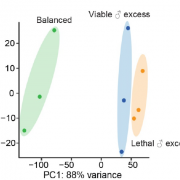
Father Knows Best? Small RNA Pathway Controls Endosperm Response to Paternal Genomic Dosage
In flowering plants, seed viability is dependent upon the endosperm, a triploid tissue produced by fertilization of a diploid central cell by a haploid sperm. Most endosperm genes are expressed in a 2:1 maternal to paternal ratio reflecting the genomic DNA content. Consequently, balance between maternal…
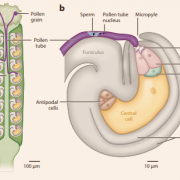
Review: A fruitful journey: Pollen tube navigation from germination to fertilization ($)
When pollen is deposited on a flower’s stigma, pollen tubes penetrate the stigma and elongate towards ovules where two non-motile sperm will double fertilize an egg and a central cell, which requires cooperation between many cell types. Johnson et al. review our current understanding of these processes.…

Reflections on Classics: Plant Cell‘s 30th anniversary
“The 1980s were an exciting and revolutionary time for biology, and plant molecular biology in particular,” begins an editorial by Bob Goldberg, Brian Larkins, and Ralph Quatrano, the three Founding Editors of The Plant Cell. They describe why the American Society of Plant Physiologists (ASPP; later,…
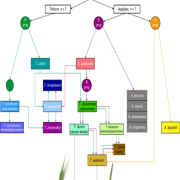
Wheat exome sequencing and wheat ancestry (Nature Genetics)
Wheat is of course a hugely important food for humans, and has been selectively bred across the globe for millennia. Modern bread wheats are hexaploid and contain three distinct subgenomes (AABBDD). As with other crops, there is a need to understand wheat’s ancestry and explore the greater genetic…
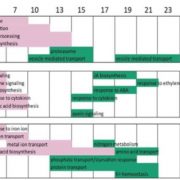
Identification of transcription factors regulating senescence in wheat through gene regulatory network modelling (Plant Physiol)
Like other seed crops, wheat yields depend in part on the efficiency with which nutrients stored in leaves are mobilized into the developing seeds. This depends on the several processes from macromolecule breakdown to transport, as well as the timing of leaf senescence. Borrill et al. used RNA analysis…
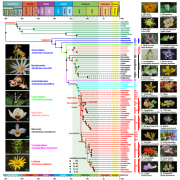
Origin of angiosperms and the puzzle of the Jurassic gap (Nature Plants)
Understanding the origin and evolution of flowering plants is key to explaining the development of major terrestrial ecosystems. The rapid diversification of angiosperms into over 360,000 extant species was famously termed ‘an abominable mystery’ by Charles Darwin. Here, Li et al reconstruct the…

